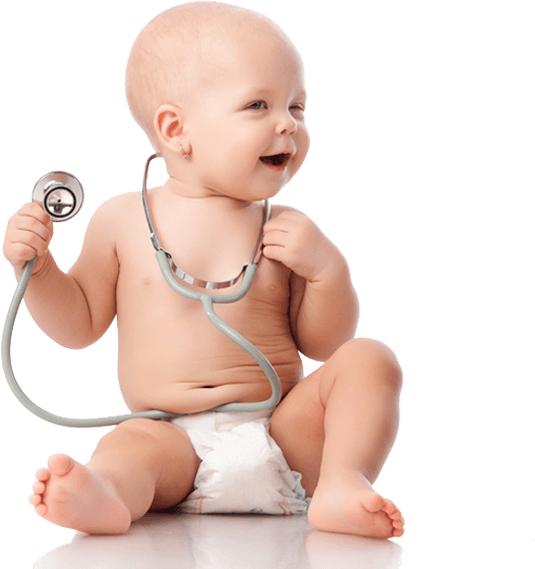
Str., Kyiv City, Ukraine.

Spinal muscular atrophy (SMA) - is a severe genetic neuromuscular disease caused by a defect in the SMN 1 gene.
The gene is responsible for the synthesis of the SMN protein, which ensures the survival of motoneurons - motor neurons of the spinal cord. In patients with SMA protein is produced less than the required amount, and motoneurons are destroyed without it. As a result, the muscles do not receive the right signals from the brain, they atrophy and gradually weaken, and then paralysis occurs.
It is classified 5 types of SMA depending on the age of disease onset. The earlier the disease starts, the more severe its course and prognosis.
Early manifestations that indicate possible motoneuron damage in a child:
In the future, parents note a delay in motor development (the child does not turn around, does not start crawling and sitting or walking), the degree of which depends on the form of spinal atrophy.
Secondary symptoms that develop in children with spinal muscular atrophy:
The later the disease debuted, the less frequent respiratory disorders and the better the prognosis. Children who develop symptoms of SMA from the first month of life (SMA type I) need hardware respiratory support (non-invasive lung ventilation).
Children with SMA type II and III often do not need respiratory support.
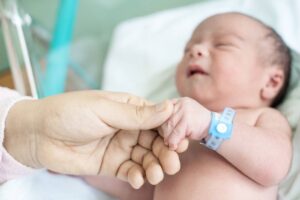
The diagnosis is established on the basis of molecular genetic examination by determining deletions in exons 7 and 8 of the SMN 1 gene and the SMN 2 gene copies.
Patients with SMA need support of a wide range of specialists: pediatricians, neurologists, pulmonologists, orthopedists, physiotherapists, rehabilitation specialists, speech therapists and even palliative services.
To date, there is a pathogenetic treatment of SMA. Spinraza and Eurisdi drugs slow down the death of motoneurons, the drug Zolgensma gene therapy with timely administration to patients with SMA type I ensures the normal functioning of motoneurons.
The greatest effectiveness of these drugs was recorded with the fastest introduction from the beginning of the disease. That is why early diagnosis and timely treatment are very important.
At our medical center treatment is aimed at slowing the progression of secondary symptoms of SMA, such as kyphoscoliosis, joint contracture.
After consultation the pediatric neurologist will determine the scope and types of rehabilitation.
The pediatrician may offer the following types of care:
You can make an appointment for a consultation and treatment by calling the contact center (044) 238-22-31.
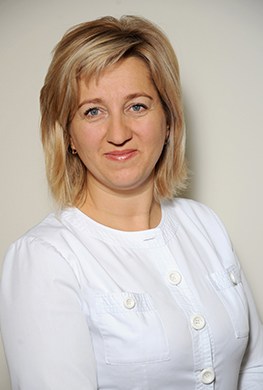

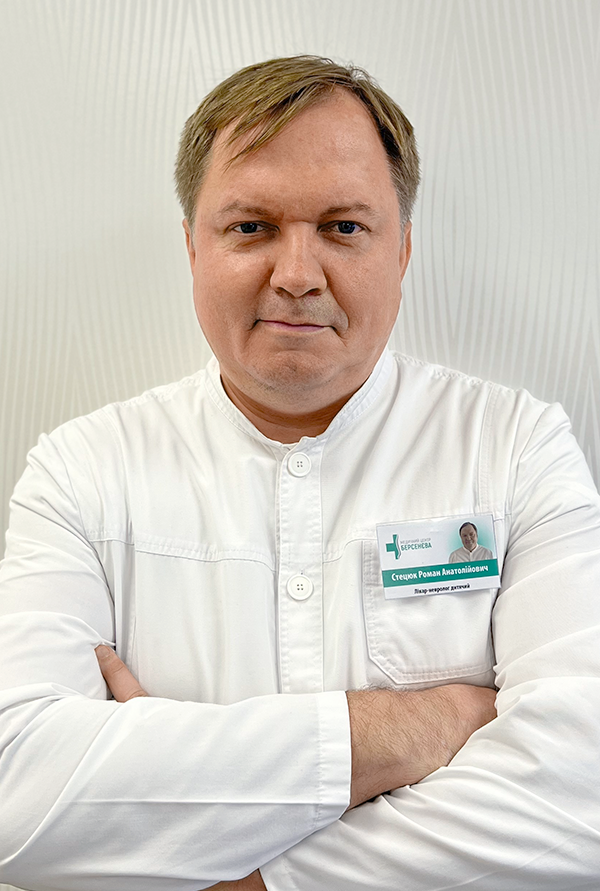
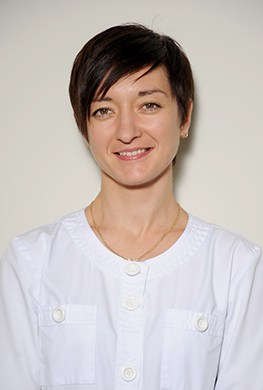
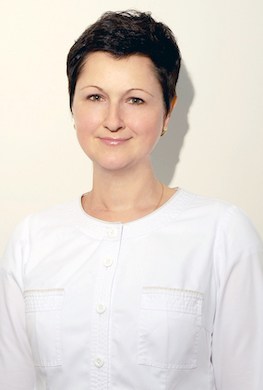
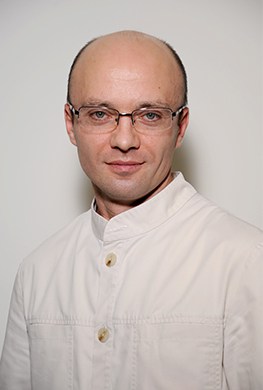
Oleksandr Shevchuk
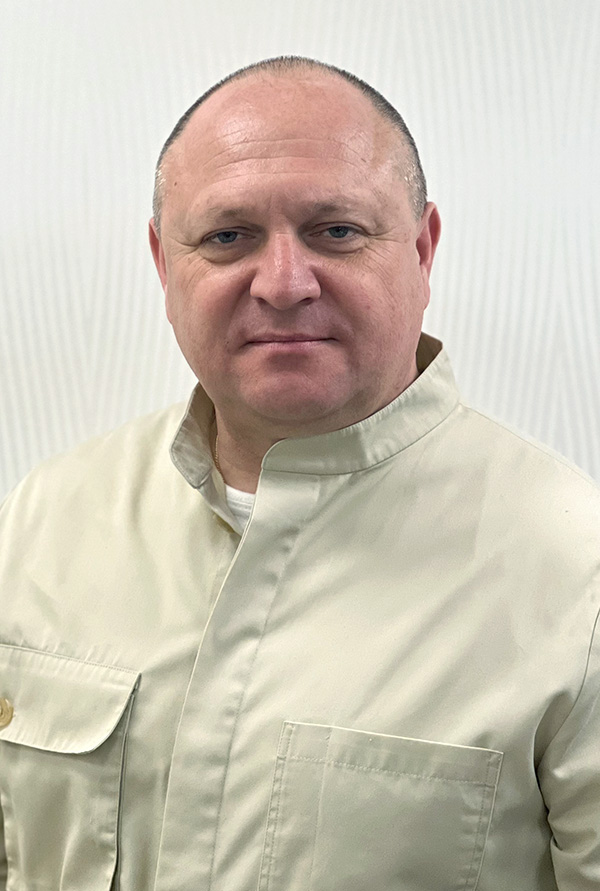
Maister Leonid
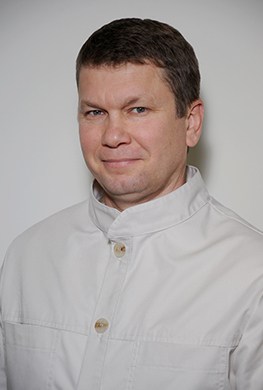
Stanislav Kurtosmanov
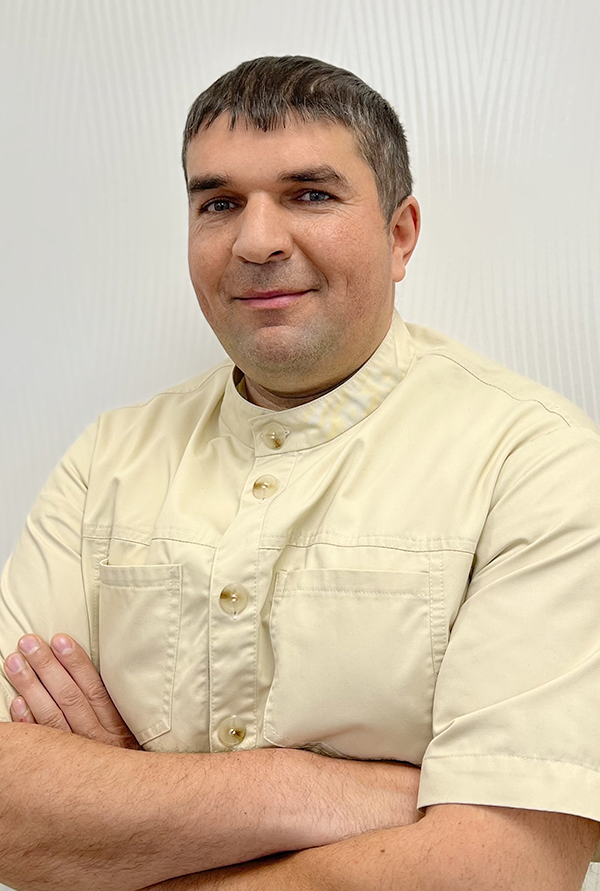
Beloshitsky Mikhail Andreevich


Posture is a natural habitual posture of a person, which depends on the spine condition, muscular-ligament apparatus, environment, general well-being, and heredity. This is a complex notion determined by a variety of factors and revealing not just the physical condition of a person, but also a psychical one.
Posture is a natural habitual posture of a person, which depends on the spine condition, muscular-ligament apparatus, environment, general well-being, and heredity. This is a complex notion determined by a variety of factors and revealing not just the physical condition of a person, but also a psychical one.
Posture is a natural habitual posture of a person, which depends on the spine condition, muscular-ligament apparatus, environment, general well-being, and heredity. This is a complex notion determined by a variety of factors and revealing not just the physical condition of a person, but also a psychical one.
Posture is a natural habitual posture of a person, which depends on the spine condition, muscular-ligament apparatus, environment, general well-being, and heredity. This is a complex notion determined by a variety of factors and revealing not just the physical condition of a person, but also a psychical one.
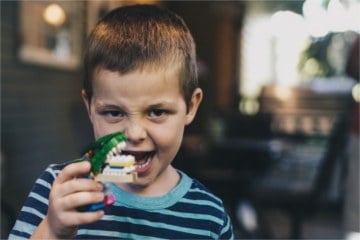
Attention deficit hyperactivity disorder is a quite common disease that is based on the central nervous system dysfunction (mainly the brain reticular formation).
Attention deficit hyperactivity disorder is a quite common disease that is based on the central nervous system dysfunction (mainly the brain reticular formation).
Attention deficit hyperactivity disorder is a quite common disease that is based on the central nervous system dysfunction (mainly the brain reticular formation).
Attention deficit hyperactivity disorder is a quite common disease that is based on the central nervous system dysfunction (mainly the brain reticular formation).
Attention deficit hyperactivity disorder is a quite common disease that is based on the central nervous system dysfunction (mainly the brain reticular formation).
Attention deficit hyperactivity disorder is a quite common disease that is based on the central nervous system dysfunction (mainly the brain reticular formation).
Attention deficit hyperactivity disorder is a quite common disease that is based on the central nervous system dysfunction (mainly the brain reticular formation).
Attention deficit hyperactivity disorder is a quite common disease that is based on the central nervous system dysfunction (mainly the brain reticular formation).
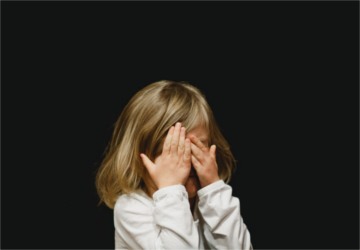
The autism is a child’s mental development disorder, which is characterized by a lack of communication and speech and motor disorders.
The autism is a child’s mental development disorder, which is characterized by a lack of communication and speech and motor disorders.
The autism is a child’s mental development disorder, which is characterized by a lack of communication and speech and motor disorders.
The autism is a child’s mental development disorder, which is characterized by a lack of communication and speech and motor disorders.
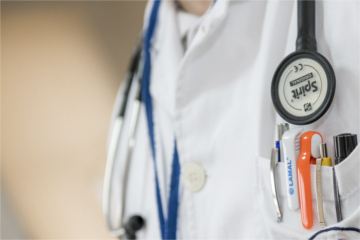
Детский невролог — специализируется на лечении болезней, связанных с поражением центральной и периферической нервной системы, а также функциональными нарушениями у детей.
Как правило, в первый месяц рождения, врачи направляют родителей на принудительную консультацию к детскому неврологу в клинике, даже если он родился полностью здоровым, и не обладает какими-либо нарушениями связанных с нервной системой. Кроме того, также необходимы регулярные повторные осмотры, на протяжении следующих этапов жизни.
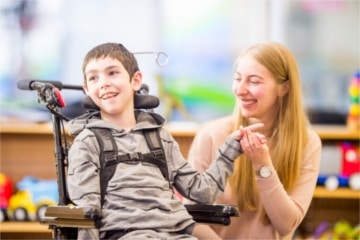
The term “cerebral palsy” combines a group of syndromes resulting from underdevelopment or brain damage (often combined with spinal cord injury in the cervical spine) during the prenatal, intranatal and early postnatal periods.
The term “cerebral palsy” combines a group of syndromes resulting from underdevelopment or brain damage (often combined with spinal cord injury in the cervical spine) during the prenatal, intranatal and early postnatal periods.
The term “cerebral palsy” combines a group of syndromes resulting from underdevelopment or brain damage (often combined with spinal cord injury in the cervical spine) during the prenatal, intranatal and early postnatal periods.
The term “cerebral palsy” combines a group of syndromes resulting from underdevelopment or brain damage (often combined with spinal cord injury in the cervical spine) during the prenatal, intranatal and early postnatal periods.

Perinatal involvements of the central nervous system are those pathological conditions that arise under the influence of many negative factors affecting the growth and fetus development in the perinatal period.
Perinatal involvements of the central nervous system are those pathological conditions that arise under the influence of many negative factors affecting the growth and fetus development in the perinatal period.
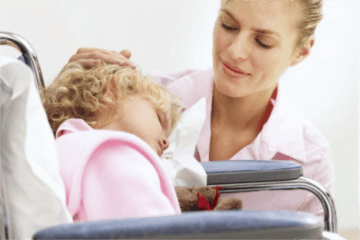
Organic central nervous system lesions are a group of various neuropsychic disorders resulting from the influence of pathological factors upon the brain at different stages of ontogenetic development. This pathology has many behaviour options and various pathogenesis.
Organic central nervous system lesions are a group of various neuropsychic disorders resulting from the influence of pathological factors upon the brain at different stages of ontogenetic development. This pathology has many behaviour options and various pathogenesis.
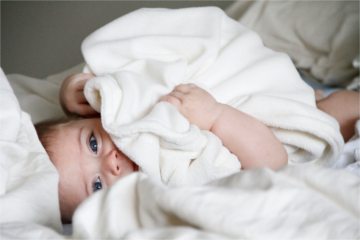
During the birth the infant experiences a great physical exertion when passing through the maternal passages. The newborn’s skeletal system is different from the adult person skeletal system – it is characterized by special flexibility in order to go through this passage without consequences. Thus the newborn babies have an increased chance of receiving a birth trauma of cervical spine during the process of delivery.
During the birth the infant experiences a great physical exertion when passing through the maternal passages. The newborn’s skeletal system is different from the adult person skeletal system – it is characterized by special flexibility in order to go through this passage without consequences. Thus the newborn babies have an increased chance of receiving a birth trauma of cervical spine during the process of delivery.

Peripheral nervous system birth trauma is the damage of nerve roots, nerve plexus, peripheral and cerebral nerves affected by an external mechanical agent during childbirth. The force of such an impact far exceeds the endurance limit of

In recent decades, more and more children have a diagnosis “Psychoverbal development delay”. The statistics are inexorable. And the sooner a psychoverbal development delay or speech delay is detected, the greater the chances for child’s treating are.
In recent decades, more and more children have a diagnosis “Psychoverbal development delay”. The statistics are inexorable. And the sooner a psychoverbal development delay or speech delay is detected, the greater the chances for child’s treating are.
In recent decades, more and more children have a diagnosis “Psychoverbal development delay”. The statistics are inexorable. And the sooner a psychoverbal development delay or speech delay is detected, the greater the chances for child’s treating are.
In recent decades, more and more children have a diagnosis “Psychoverbal development delay”. The statistics are inexorable. And the sooner a psychoverbal development delay or speech delay is detected, the greater the chances for child’s treating are.
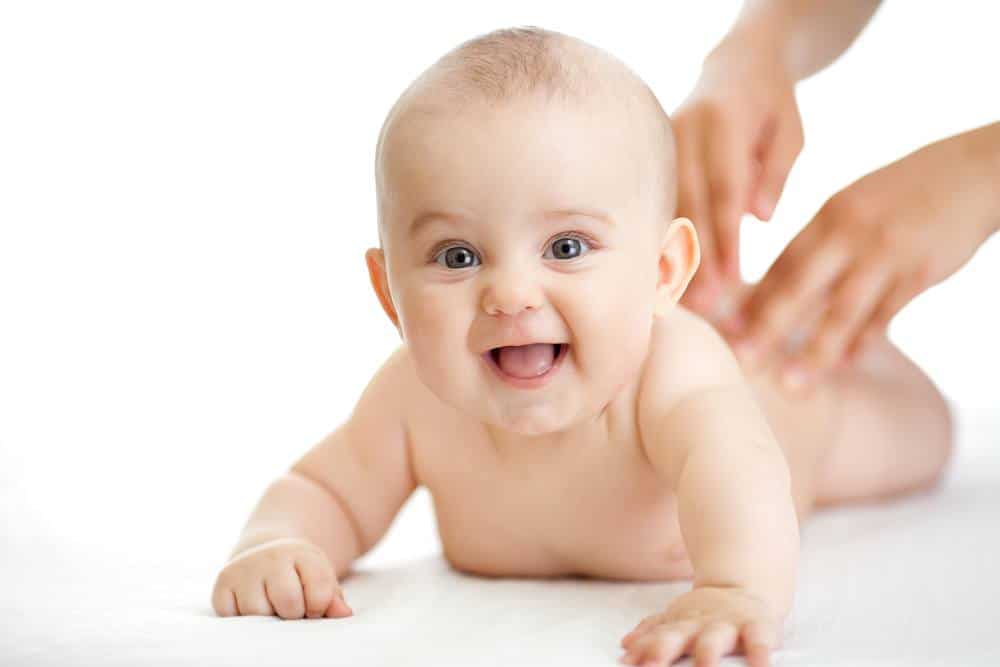
Muscle tone is a slight muscle tension, which is necessary for their quick inclusion in working condition. It is the level of tone that determines the readiness of the muscle complex to perform motor functions. For each period of child’s development there exist physiological standards of tonic activity.
Muscle tone is a slight muscle tension, which is necessary for their quick inclusion in working condition. It is the level of tone that determines the readiness of the muscle complex to perform motor functions. For each period of child’s development there exist physiological standards of tonic activity.
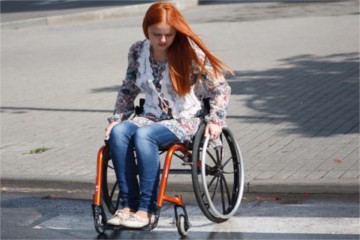
Myopathies are hereditary diseases, which are based on the muscle fiber damage and, as a consequence, the emergence of a progressive musclular dystrophy (atrophy).
Myopathies are hereditary diseases, which are based on the muscle fiber damage and, as a consequence, the emergence of a progressive musclular dystrophy (atrophy).

Myelopathy is a neurological term used to describe all kinds of spinal cord lesions. Myelopathy is usually a chronic disease.
Myelopathy is a neurological term used to describe all kinds of spinal cord lesions. Myelopathy is usually a chronic disease.
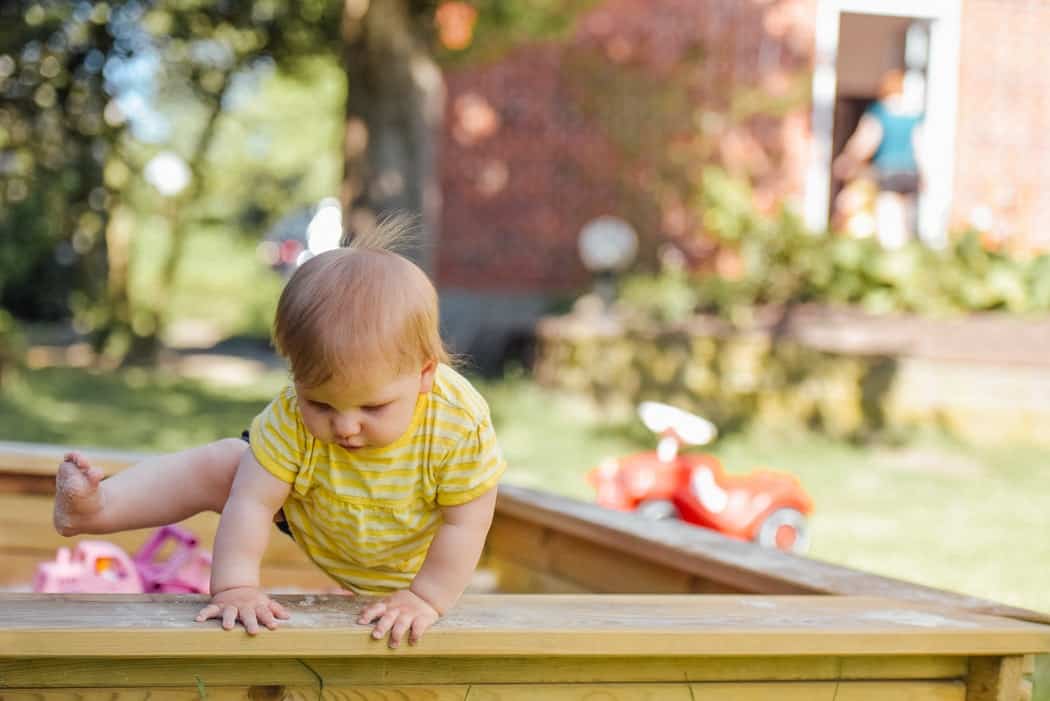
Among the mental disorders that occur in childhood, neurotic disorders account for 65%. Neurotic disorders (neuropathy, neurosis, neurasthenia, childish nervousness) in children manifest themself with a wide range of clinical symptoms, among which autonomic dysfunction and emotional disorders are the first.
Among the mental disorders that occur in childhood, neurotic disorders account for 65%. Neurotic disorders (neuropathy, neurosis, neurasthenia, childish nervousness) in children manifest themself with a wide range of clinical symptoms, among which autonomic dysfunction and emotional disorders are the first.

Juvenile (adolescent) osteochondrosis is a disease that is based on degenerative-dystrophic changes of intervertebral discs in adolescence. These changes are caused by the teens’ rapid growth, possible skeleton formation disorders, as well as inadequate physical activity on the growing spine. Osteochondrosis can develop in case of wearing a heavy bag on one shoulder and long sitting in an unnatural pose while studying.
Juvenile (adolescent) osteochondrosis is a disease that is based on degenerative-dystrophic changes of intervertebral discs in adolescence. These changes are caused by the teens’ rapid growth, possible skeleton formation disorders, as well as inadequate physical activity on the growing spine. Osteochondrosis can develop in case of wearing a heavy bag on one shoulder and long sitting in an unnatural pose while studying.
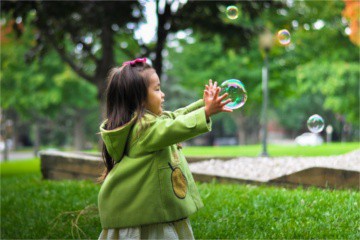
The compulsive movement syndrome is a children’s nervous system disorder, which appears as a series of simple repeating motions. Such movements include finger sucking, nibbling, frequent blinking, wiggling, rocking or turning, grinding of teeth, shoulders twitching, forehead skin wrinkling, etc.
The compulsive movement syndrome is a children’s nervous system disorder, which appears as a series of simple repeating motions. Such movements include finger sucking, nibbling, frequent blinking, wiggling, rocking or turning, grinding of teeth, shoulders twitching, forehead skin wrinkling, etc.
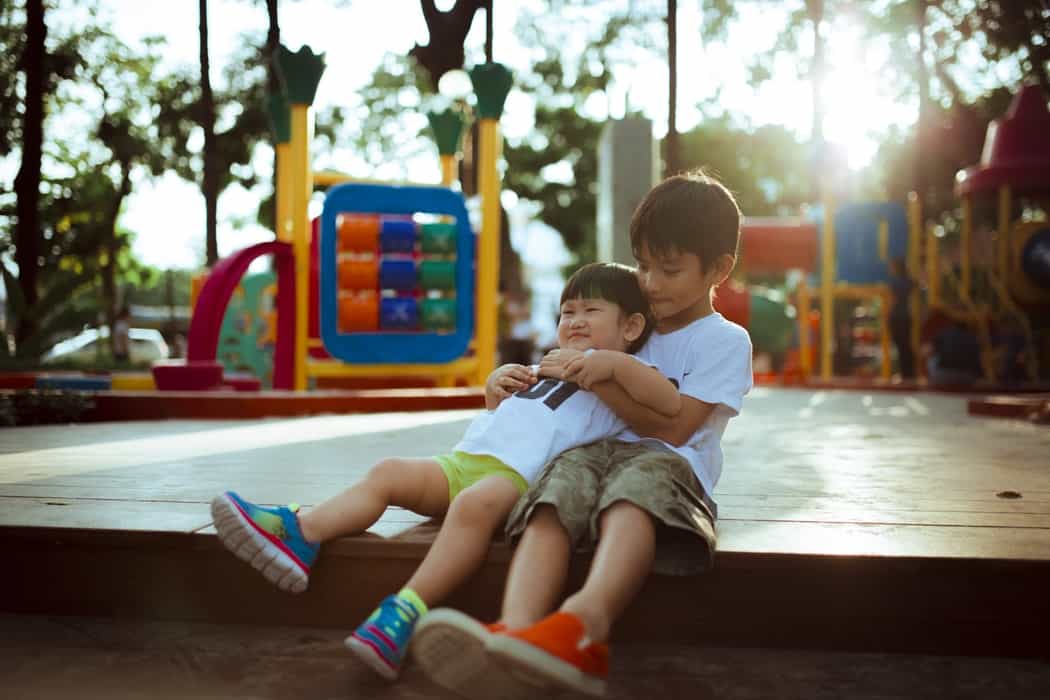
With the development of a number of natural sciences (genetics, biochemistry, embryology, general biology, etc.), more and more importance is attached to genetic factors, which are considered to be the cause of more than half of cases of psycho-speech development disorders. This primarily includes the chromosome set pathology. Currently, more than 200 types of chromosomal aberrations are being described, causing psycho-speech development delay and mental retardation.
With the development of a number of natural sciences (genetics, biochemistry, embryology, general biology, etc.), more and more importance is attached to genetic factors, which are considered to be the cause of more than half of cases of psycho-speech development disorders. This primarily includes the chromosome set pathology. Currently, more than 200 types of chromosomal aberrations are being described, causing psycho-speech development delay and mental retardation.
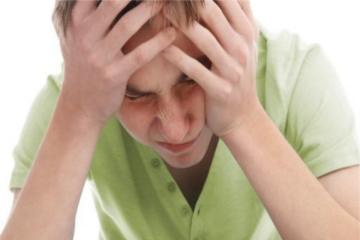
Autonomic dysfunction is the common name for all the autonomic nervous system (ANS) dysfunctions, which lead to a “failure” in the work of internal parts and body systems.
Autonomic dysfunction is the common name for all the autonomic nervous system (ANS) dysfunctions, which lead to a “failure” in the work of internal parts and body systems.

Posture is a natural habitual posture of a person, which depends on the spine condition, muscular-ligament apparatus, environment, general well-being, and heredity. This is a complex notion determined by a variety of factors and revealing not just the physical condition of a person, but also a psychical one.
Posture is a natural habitual posture of a person, which depends on the spine condition, muscular-ligament apparatus, environment, general well-being, and heredity. This is a complex notion determined by a variety of factors and revealing not just the physical condition of a person, but also a psychical one.
Posture is a natural habitual posture of a person, which depends on the spine condition, muscular-ligament apparatus, environment, general well-being, and heredity. This is a complex notion determined by a variety of factors and revealing not just the physical condition of a person, but also a psychical one.
Posture is a natural habitual posture of a person, which depends on the spine condition, muscular-ligament apparatus, environment, general well-being, and heredity. This is a complex notion determined by a variety of factors and revealing not just the physical condition of a person, but also a psychical one.

Attention deficit hyperactivity disorder is a quite common disease that is based on the central nervous system dysfunction (mainly the brain reticular formation).
Attention deficit hyperactivity disorder is a quite common disease that is based on the central nervous system dysfunction (mainly the brain reticular formation).
Attention deficit hyperactivity disorder is a quite common disease that is based on the central nervous system dysfunction (mainly the brain reticular formation).
Attention deficit hyperactivity disorder is a quite common disease that is based on the central nervous system dysfunction (mainly the brain reticular formation).
Attention deficit hyperactivity disorder is a quite common disease that is based on the central nervous system dysfunction (mainly the brain reticular formation).
Attention deficit hyperactivity disorder is a quite common disease that is based on the central nervous system dysfunction (mainly the brain reticular formation).
Attention deficit hyperactivity disorder is a quite common disease that is based on the central nervous system dysfunction (mainly the brain reticular formation).
Attention deficit hyperactivity disorder is a quite common disease that is based on the central nervous system dysfunction (mainly the brain reticular formation).

The autism is a child’s mental development disorder, which is characterized by a lack of communication and speech and motor disorders.
The autism is a child’s mental development disorder, which is characterized by a lack of communication and speech and motor disorders.
The autism is a child’s mental development disorder, which is characterized by a lack of communication and speech and motor disorders.
The autism is a child’s mental development disorder, which is characterized by a lack of communication and speech and motor disorders.

Детский невролог — специализируется на лечении болезней, связанных с поражением центральной и периферической нервной системы, а также функциональными нарушениями у детей.
Как правило, в первый месяц рождения, врачи направляют родителей на принудительную консультацию к детскому неврологу в клинике, даже если он родился полностью здоровым, и не обладает какими-либо нарушениями связанных с нервной системой. Кроме того, также необходимы регулярные повторные осмотры, на протяжении следующих этапов жизни.

The term “cerebral palsy” combines a group of syndromes resulting from underdevelopment or brain damage (often combined with spinal cord injury in the cervical spine) during the prenatal, intranatal and early postnatal periods.
The term “cerebral palsy” combines a group of syndromes resulting from underdevelopment or brain damage (often combined with spinal cord injury in the cervical spine) during the prenatal, intranatal and early postnatal periods.
The term “cerebral palsy” combines a group of syndromes resulting from underdevelopment or brain damage (often combined with spinal cord injury in the cervical spine) during the prenatal, intranatal and early postnatal periods.
The term “cerebral palsy” combines a group of syndromes resulting from underdevelopment or brain damage (often combined with spinal cord injury in the cervical spine) during the prenatal, intranatal and early postnatal periods.

Perinatal involvements of the central nervous system are those pathological conditions that arise under the influence of many negative factors affecting the growth and fetus development in the perinatal period.
Perinatal involvements of the central nervous system are those pathological conditions that arise under the influence of many negative factors affecting the growth and fetus development in the perinatal period.

Organic central nervous system lesions are a group of various neuropsychic disorders resulting from the influence of pathological factors upon the brain at different stages of ontogenetic development. This pathology has many behaviour options and various pathogenesis.
Organic central nervous system lesions are a group of various neuropsychic disorders resulting from the influence of pathological factors upon the brain at different stages of ontogenetic development. This pathology has many behaviour options and various pathogenesis.

During the birth the infant experiences a great physical exertion when passing through the maternal passages. The newborn’s skeletal system is different from the adult person skeletal system – it is characterized by special flexibility in order to go through this passage without consequences. Thus the newborn babies have an increased chance of receiving a birth trauma of cervical spine during the process of delivery.
During the birth the infant experiences a great physical exertion when passing through the maternal passages. The newborn’s skeletal system is different from the adult person skeletal system – it is characterized by special flexibility in order to go through this passage without consequences. Thus the newborn babies have an increased chance of receiving a birth trauma of cervical spine during the process of delivery.

Peripheral nervous system birth trauma is the damage of nerve roots, nerve plexus, peripheral and cerebral nerves affected by an external mechanical agent during childbirth. The force of such an impact far exceeds the endurance limit of

In recent decades, more and more children have a diagnosis “Psychoverbal development delay”. The statistics are inexorable. And the sooner a psychoverbal development delay or speech delay is detected, the greater the chances for child’s treating are.
In recent decades, more and more children have a diagnosis “Psychoverbal development delay”. The statistics are inexorable. And the sooner a psychoverbal development delay or speech delay is detected, the greater the chances for child’s treating are.
In recent decades, more and more children have a diagnosis “Psychoverbal development delay”. The statistics are inexorable. And the sooner a psychoverbal development delay or speech delay is detected, the greater the chances for child’s treating are.
In recent decades, more and more children have a diagnosis “Psychoverbal development delay”. The statistics are inexorable. And the sooner a psychoverbal development delay or speech delay is detected, the greater the chances for child’s treating are.

Muscle tone is a slight muscle tension, which is necessary for their quick inclusion in working condition. It is the level of tone that determines the readiness of the muscle complex to perform motor functions. For each period of child’s development there exist physiological standards of tonic activity.
Muscle tone is a slight muscle tension, which is necessary for their quick inclusion in working condition. It is the level of tone that determines the readiness of the muscle complex to perform motor functions. For each period of child’s development there exist physiological standards of tonic activity.

Myopathies are hereditary diseases, which are based on the muscle fiber damage and, as a consequence, the emergence of a progressive musclular dystrophy (atrophy).
Myopathies are hereditary diseases, which are based on the muscle fiber damage and, as a consequence, the emergence of a progressive musclular dystrophy (atrophy).

Myelopathy is a neurological term used to describe all kinds of spinal cord lesions. Myelopathy is usually a chronic disease.
Myelopathy is a neurological term used to describe all kinds of spinal cord lesions. Myelopathy is usually a chronic disease.

Among the mental disorders that occur in childhood, neurotic disorders account for 65%. Neurotic disorders (neuropathy, neurosis, neurasthenia, childish nervousness) in children manifest themself with a wide range of clinical symptoms, among which autonomic dysfunction and emotional disorders are the first.
Among the mental disorders that occur in childhood, neurotic disorders account for 65%. Neurotic disorders (neuropathy, neurosis, neurasthenia, childish nervousness) in children manifest themself with a wide range of clinical symptoms, among which autonomic dysfunction and emotional disorders are the first.

Juvenile (adolescent) osteochondrosis is a disease that is based on degenerative-dystrophic changes of intervertebral discs in adolescence. These changes are caused by the teens’ rapid growth, possible skeleton formation disorders, as well as inadequate physical activity on the growing spine. Osteochondrosis can develop in case of wearing a heavy bag on one shoulder and long sitting in an unnatural pose while studying.
Juvenile (adolescent) osteochondrosis is a disease that is based on degenerative-dystrophic changes of intervertebral discs in adolescence. These changes are caused by the teens’ rapid growth, possible skeleton formation disorders, as well as inadequate physical activity on the growing spine. Osteochondrosis can develop in case of wearing a heavy bag on one shoulder and long sitting in an unnatural pose while studying.

The compulsive movement syndrome is a children’s nervous system disorder, which appears as a series of simple repeating motions. Such movements include finger sucking, nibbling, frequent blinking, wiggling, rocking or turning, grinding of teeth, shoulders twitching, forehead skin wrinkling, etc.
The compulsive movement syndrome is a children’s nervous system disorder, which appears as a series of simple repeating motions. Such movements include finger sucking, nibbling, frequent blinking, wiggling, rocking or turning, grinding of teeth, shoulders twitching, forehead skin wrinkling, etc.

With the development of a number of natural sciences (genetics, biochemistry, embryology, general biology, etc.), more and more importance is attached to genetic factors, which are considered to be the cause of more than half of cases of psycho-speech development disorders. This primarily includes the chromosome set pathology. Currently, more than 200 types of chromosomal aberrations are being described, causing psycho-speech development delay and mental retardation.
With the development of a number of natural sciences (genetics, biochemistry, embryology, general biology, etc.), more and more importance is attached to genetic factors, which are considered to be the cause of more than half of cases of psycho-speech development disorders. This primarily includes the chromosome set pathology. Currently, more than 200 types of chromosomal aberrations are being described, causing psycho-speech development delay and mental retardation.

Autonomic dysfunction is the common name for all the autonomic nervous system (ANS) dysfunctions, which lead to a “failure” in the work of internal parts and body systems.
Autonomic dysfunction is the common name for all the autonomic nervous system (ANS) dysfunctions, which lead to a “failure” in the work of internal parts and body systems.

Posture is a natural habitual posture of a person, which depends on the spine condition, muscular-ligament apparatus, environment, general well-being, and heredity. This is a complex notion determined by a variety of factors and revealing not just the physical condition of a person, but also a psychical one.
Posture is a natural habitual posture of a person, which depends on the spine condition, muscular-ligament apparatus, environment, general well-being, and heredity. This is a complex notion determined by a variety of factors and revealing not just the physical condition of a person, but also a psychical one.
Posture is a natural habitual posture of a person, which depends on the spine condition, muscular-ligament apparatus, environment, general well-being, and heredity. This is a complex notion determined by a variety of factors and revealing not just the physical condition of a person, but also a psychical one.
Posture is a natural habitual posture of a person, which depends on the spine condition, muscular-ligament apparatus, environment, general well-being, and heredity. This is a complex notion determined by a variety of factors and revealing not just the physical condition of a person, but also a psychical one.

Attention deficit hyperactivity disorder is a quite common disease that is based on the central nervous system dysfunction (mainly the brain reticular formation).
Attention deficit hyperactivity disorder is a quite common disease that is based on the central nervous system dysfunction (mainly the brain reticular formation).
Attention deficit hyperactivity disorder is a quite common disease that is based on the central nervous system dysfunction (mainly the brain reticular formation).
Attention deficit hyperactivity disorder is a quite common disease that is based on the central nervous system dysfunction (mainly the brain reticular formation).
Attention deficit hyperactivity disorder is a quite common disease that is based on the central nervous system dysfunction (mainly the brain reticular formation).
Attention deficit hyperactivity disorder is a quite common disease that is based on the central nervous system dysfunction (mainly the brain reticular formation).
Attention deficit hyperactivity disorder is a quite common disease that is based on the central nervous system dysfunction (mainly the brain reticular formation).
Attention deficit hyperactivity disorder is a quite common disease that is based on the central nervous system dysfunction (mainly the brain reticular formation).

The autism is a child’s mental development disorder, which is characterized by a lack of communication and speech and motor disorders.
The autism is a child’s mental development disorder, which is characterized by a lack of communication and speech and motor disorders.
The autism is a child’s mental development disorder, which is characterized by a lack of communication and speech and motor disorders.
The autism is a child’s mental development disorder, which is characterized by a lack of communication and speech and motor disorders.
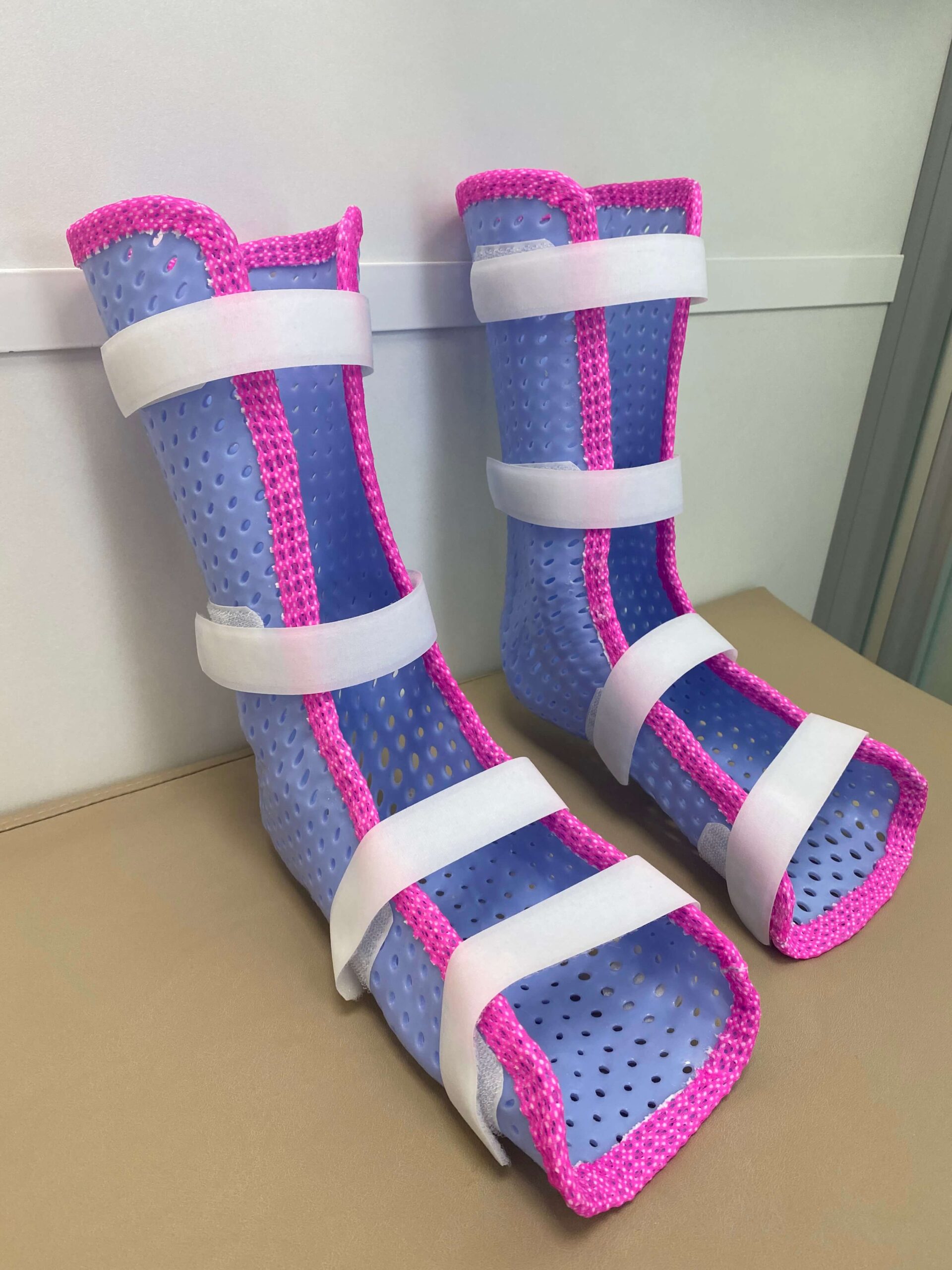
В нашем Медицинском Центре Вы можете получить изготовить индивидуальные ОРТЕЗЫ из термопластичного низкотемпературного материала.
Ортезы — это специальные ортопедические приспособления, предназначенные для коррекции, стабилизации и компенсации нарушений опорно-двигательной системы. Ортезы обеспечивают защиту и разгрузку суставов, создавая для них внешнюю поддержку. Ортезы -незаменимые помощники в лечении и реабилитации.
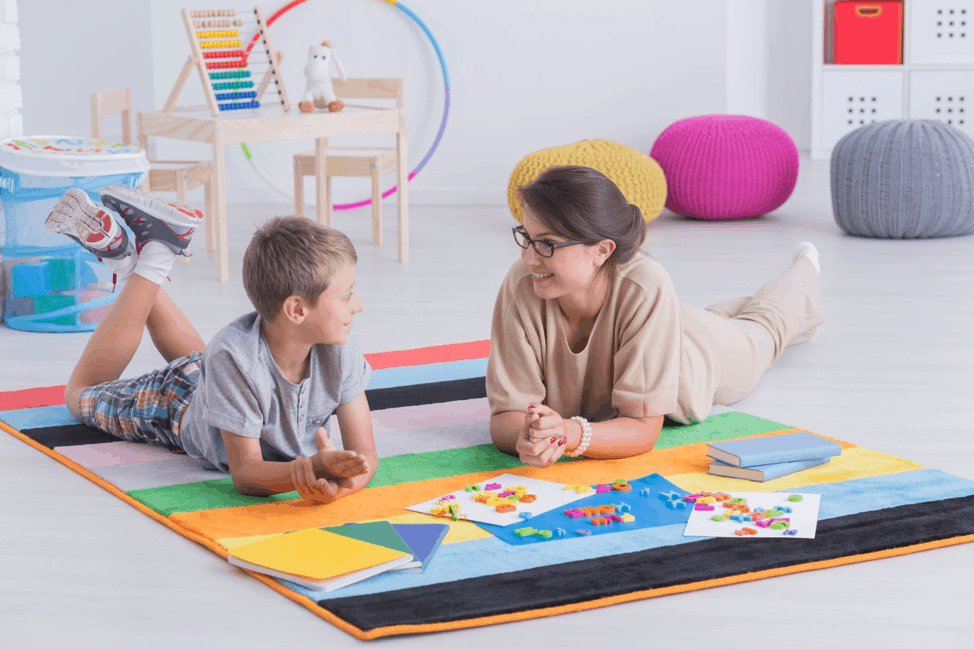
Neuropsychology arose at the intersection of medicine and psychology. This is a section of psychology that studies the brain organization of mental processes: attention, memory, perception, speech, motor skills, thinking, and emotional responses.
Neuropsychology arose at the intersection of medicine and psychology. This is a section of psychology that studies the brain organization of mental processes: attention, memory, perception, speech, motor skills, thinking, and emotional responses.
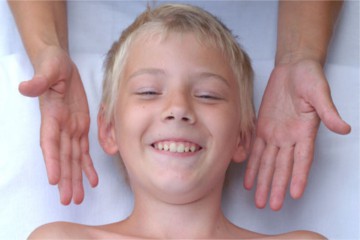
Масаж артикуляційного апарату або логопедичний масаж – це метод механічного впливу, який змінює стан м’язів, нервів, кровоносних судин і тканин артикуляційного апарату.

A speech is a reflection of thinking; it is a system. If there are problems with oral speech, then there will be difficulties with the thoughts formation, the ability to analyse, speculate, build logic chains, and also there will be some difficulties with reading and writing. A violation in one speech link is enough to make the whole system start to function incorrectly.
A speech is a reflection of thinking; it is a system. If there are problems with oral speech, then there will be difficulties with the thoughts formation, the ability to analyse, speculate, build logic chains, and also there will be some difficulties with reading and writing. A violation in one speech link is enough to make the whole system start to function incorrectly.
A speech is a reflection of thinking; it is a system. If there are problems with oral speech, then there will be difficulties with the thoughts formation, the ability to analyse, speculate, build logic chains, and also there will be some difficulties with reading and writing. A violation in one speech link is enough to make the whole system start to function incorrectly.
A speech is a reflection of thinking; it is a system. If there are problems with oral speech, then there will be difficulties with the thoughts formation, the ability to analyse, speculate, build logic chains, and also there will be some difficulties with reading and writing. A violation in one speech link is enough to make the whole system start to function incorrectly.
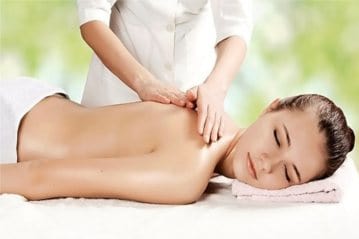
Many articles have already been written about the undoubted massage benefits, and it has long been known that this is one of healing means, along with sports and nutrition. Massage helps to recover from stress quickly and avoid diseases associated with constant nervous tension, relieves pain points, and relaxes tense muscles. It also reduces anxiety, normalizes the blocked energy flow, enhances the immune system functions, and restores a sense of calm and well-being. This is an important component of a healthy lifestyle.
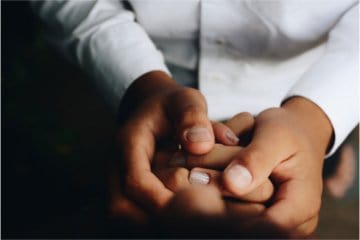
The spine, keeping the whole skeleton in an upright position, is the core of both the whole organism and our Personality.
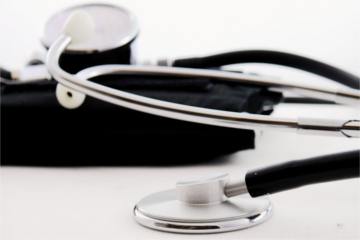
At the “Bersenev’s Medical Center” all patients can get a qualified individual consultation of the family physician Petlytska Victoria Vitaliivna, a specialist with decades of experience in this field.
Victoria Vitaliivna had gotten a special multi-field speciality training of “family medicine”.
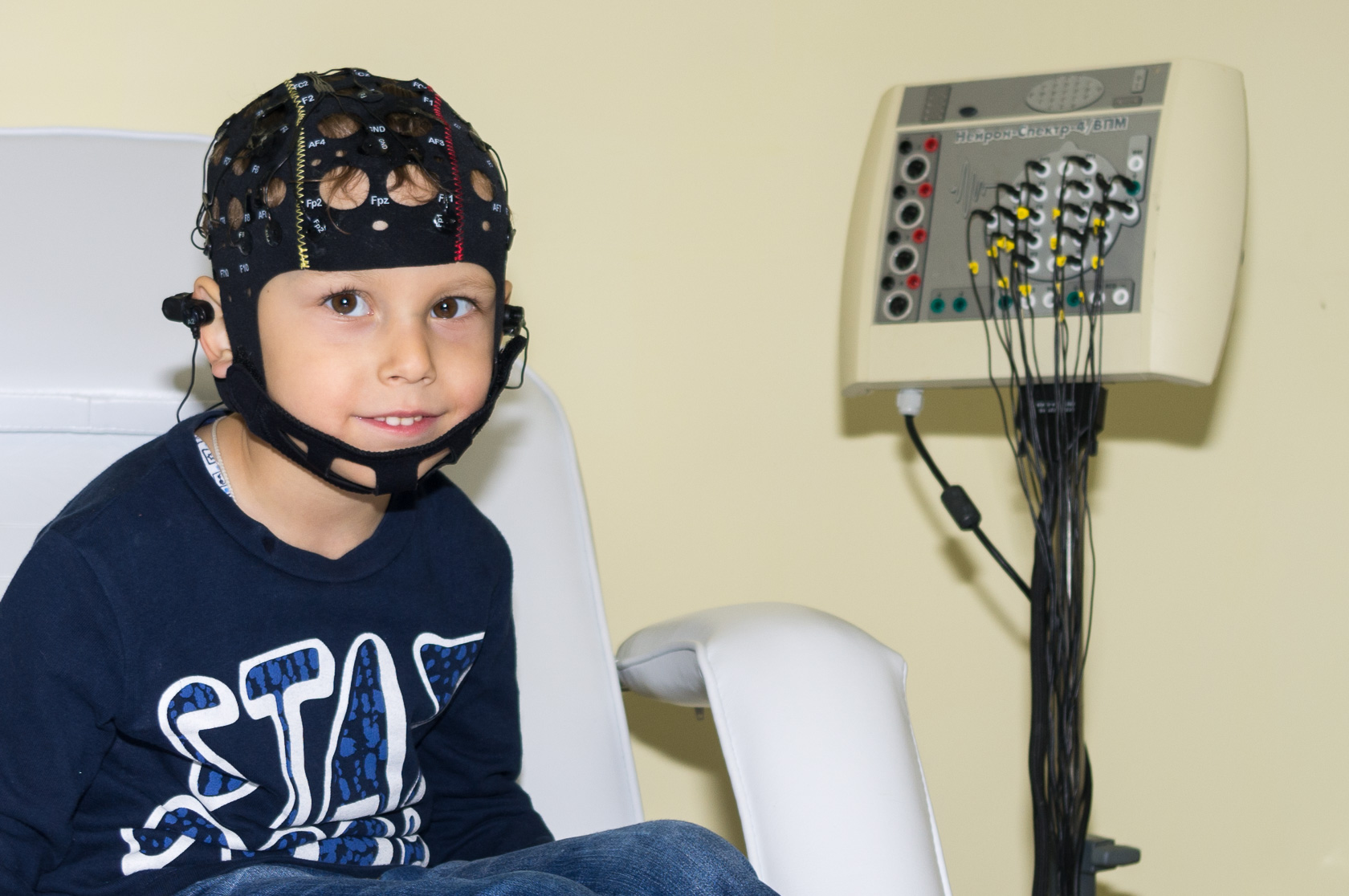
Neurofunctional research methods help the clinician-neurologist to confirm the diagnosis, determine the degree and nature of lesion, choose the optimal treatment tactics and correct the possibilities of restoring the affected structures of central and peripheral nervous system.

Infusion therapy (intravenous administration of solutions of various drugs into the body) is currently one of the most important medical measures aimed to solve a wide range of medical problems. This method of treatment exists since the 30s of the XIX century.
This method of treatment allows you to achieve a rapid therapeutic effect, as the medicine enters directly into the bloodstream, and also allows you to control its action more effectively.
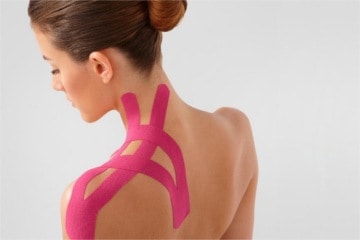
Kinesio taping is the imposition and fixation of special elastic bands on the child’s skin for several days in order to provide physiological movements of the joints and muscles, activating the processes of recovery and movement control. Kinesio tapes are elastic cotton tapes coated with an acrylic-based hypoallergenic adhesive gel.

В нашем Медицинском Центре Вы можете получить изготовить индивидуальные ОРТЕЗЫ из термопластичного низкотемпературного материала.
Ортезы — это специальные ортопедические приспособления, предназначенные для коррекции, стабилизации и компенсации нарушений опорно-двигательной системы. Ортезы обеспечивают защиту и разгрузку суставов, создавая для них внешнюю поддержку. Ортезы -незаменимые помощники в лечении и реабилитации.

Neuropsychology arose at the intersection of medicine and psychology. This is a section of psychology that studies the brain organization of mental processes: attention, memory, perception, speech, motor skills, thinking, and emotional responses.
Neuropsychology arose at the intersection of medicine and psychology. This is a section of psychology that studies the brain organization of mental processes: attention, memory, perception, speech, motor skills, thinking, and emotional responses.

Масаж артикуляційного апарату або логопедичний масаж – це метод механічного впливу, який змінює стан м’язів, нервів, кровоносних судин і тканин артикуляційного апарату.

A speech is a reflection of thinking; it is a system. If there are problems with oral speech, then there will be difficulties with the thoughts formation, the ability to analyse, speculate, build logic chains, and also there will be some difficulties with reading and writing. A violation in one speech link is enough to make the whole system start to function incorrectly.
A speech is a reflection of thinking; it is a system. If there are problems with oral speech, then there will be difficulties with the thoughts formation, the ability to analyse, speculate, build logic chains, and also there will be some difficulties with reading and writing. A violation in one speech link is enough to make the whole system start to function incorrectly.
A speech is a reflection of thinking; it is a system. If there are problems with oral speech, then there will be difficulties with the thoughts formation, the ability to analyse, speculate, build logic chains, and also there will be some difficulties with reading and writing. A violation in one speech link is enough to make the whole system start to function incorrectly.
A speech is a reflection of thinking; it is a system. If there are problems with oral speech, then there will be difficulties with the thoughts formation, the ability to analyse, speculate, build logic chains, and also there will be some difficulties with reading and writing. A violation in one speech link is enough to make the whole system start to function incorrectly.

Many articles have already been written about the undoubted massage benefits, and it has long been known that this is one of healing means, along with sports and nutrition. Massage helps to recover from stress quickly and avoid diseases associated with constant nervous tension, relieves pain points, and relaxes tense muscles. It also reduces anxiety, normalizes the blocked energy flow, enhances the immune system functions, and restores a sense of calm and well-being. This is an important component of a healthy lifestyle.

The spine, keeping the whole skeleton in an upright position, is the core of both the whole organism and our Personality.

At the “Bersenev’s Medical Center” all patients can get a qualified individual consultation of the family physician Petlytska Victoria Vitaliivna, a specialist with decades of experience in this field.
Victoria Vitaliivna had gotten a special multi-field speciality training of “family medicine”.

Neurofunctional research methods help the clinician-neurologist to confirm the diagnosis, determine the degree and nature of lesion, choose the optimal treatment tactics and correct the possibilities of restoring the affected structures of central and peripheral nervous system.

Infusion therapy (intravenous administration of solutions of various drugs into the body) is currently one of the most important medical measures aimed to solve a wide range of medical problems. This method of treatment exists since the 30s of the XIX century.
This method of treatment allows you to achieve a rapid therapeutic effect, as the medicine enters directly into the bloodstream, and also allows you to control its action more effectively.

Kinesio taping is the imposition and fixation of special elastic bands on the child’s skin for several days in order to provide physiological movements of the joints and muscles, activating the processes of recovery and movement control. Kinesio tapes are elastic cotton tapes coated with an acrylic-based hypoallergenic adhesive gel.

В нашем Медицинском Центре Вы можете получить изготовить индивидуальные ОРТЕЗЫ из термопластичного низкотемпературного материала.
Ортезы — это специальные ортопедические приспособления, предназначенные для коррекции, стабилизации и компенсации нарушений опорно-двигательной системы. Ортезы обеспечивают защиту и разгрузку суставов, создавая для них внешнюю поддержку. Ортезы -незаменимые помощники в лечении и реабилитации.

Neuropsychology arose at the intersection of medicine and psychology. This is a section of psychology that studies the brain organization of mental processes: attention, memory, perception, speech, motor skills, thinking, and emotional responses.
Neuropsychology arose at the intersection of medicine and psychology. This is a section of psychology that studies the brain organization of mental processes: attention, memory, perception, speech, motor skills, thinking, and emotional responses.

Масаж артикуляційного апарату або логопедичний масаж – це метод механічного впливу, який змінює стан м’язів, нервів, кровоносних судин і тканин артикуляційного апарату.
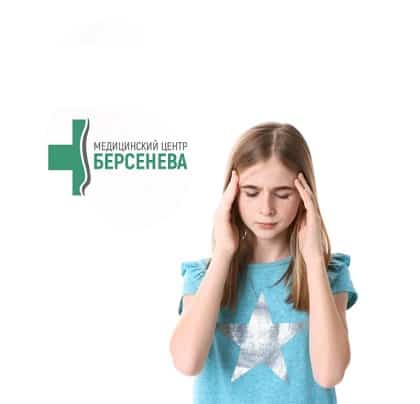

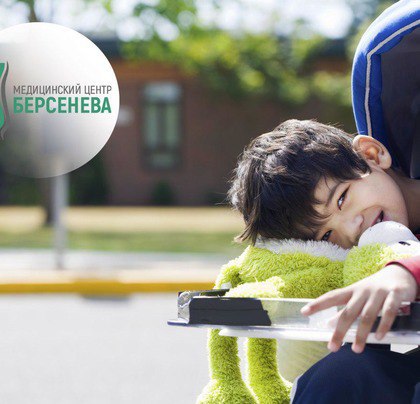
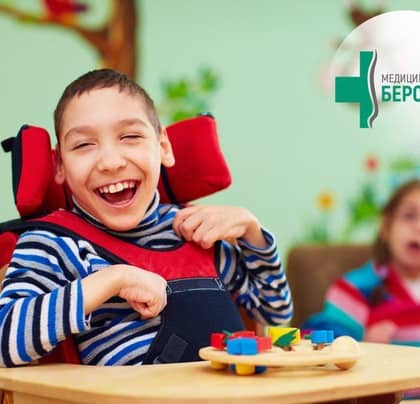
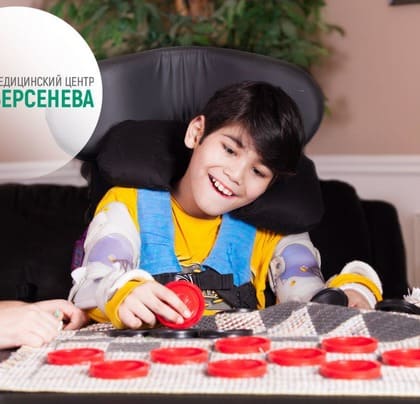
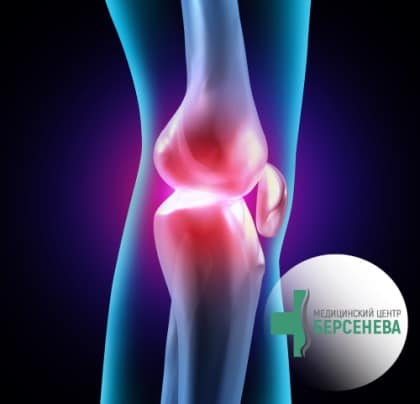
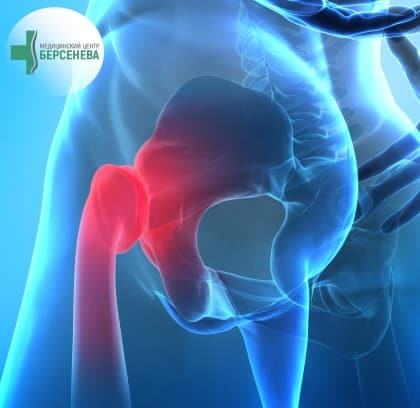
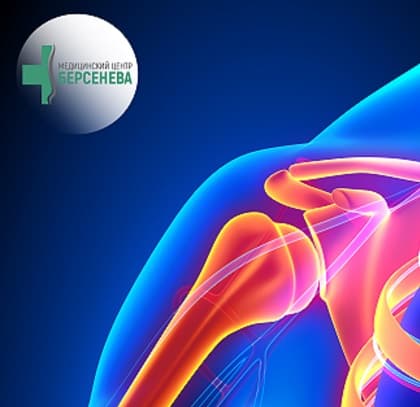
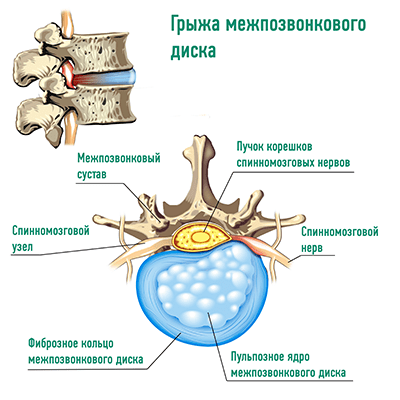
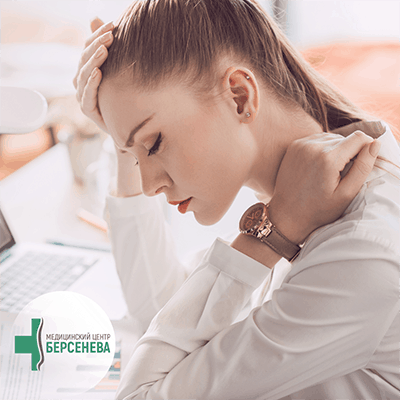
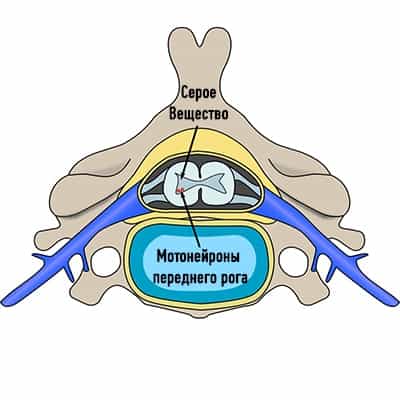
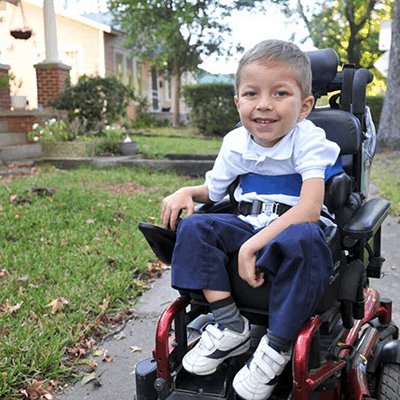
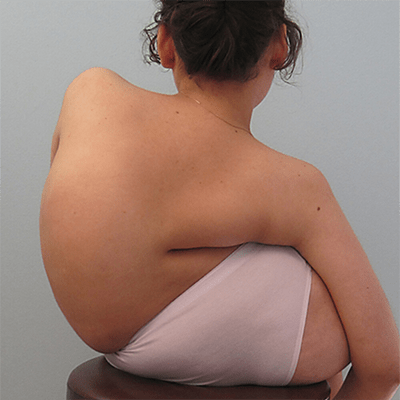
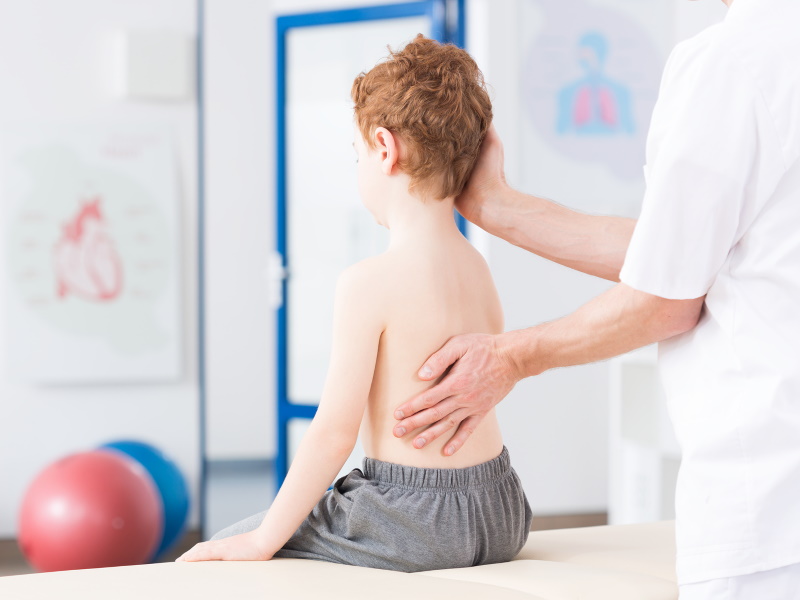


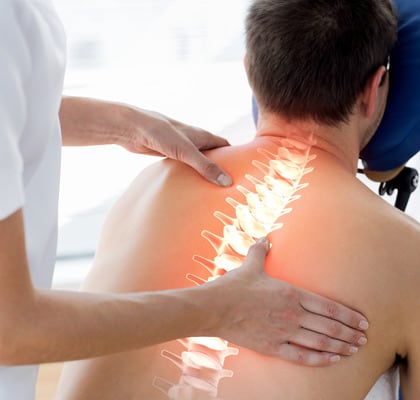

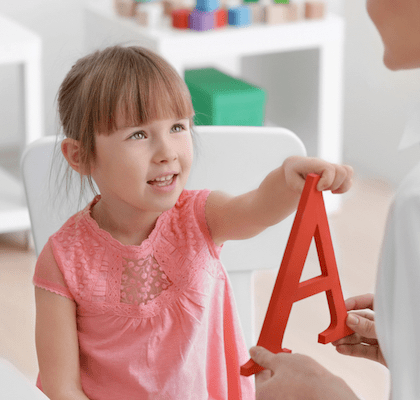
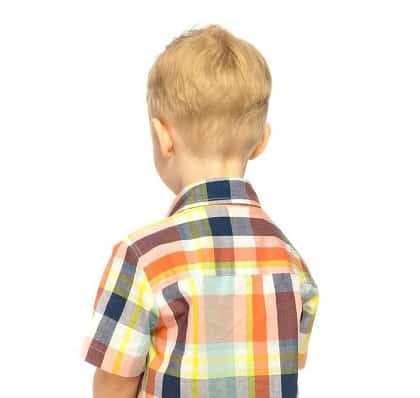

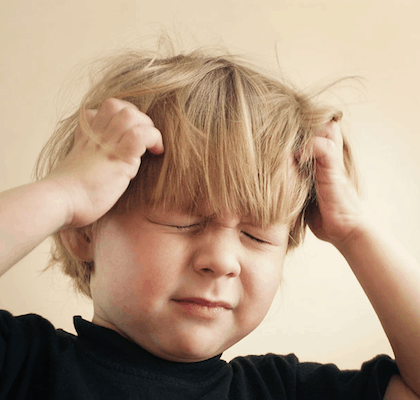
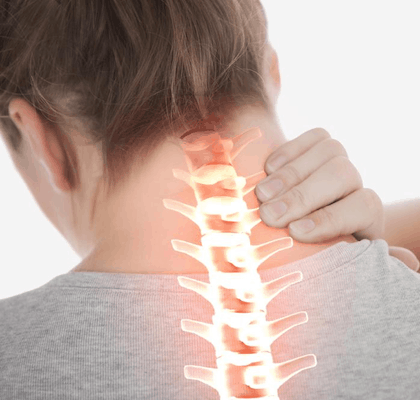

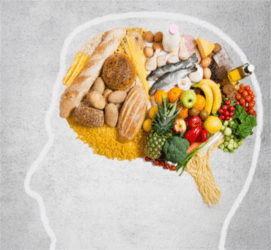

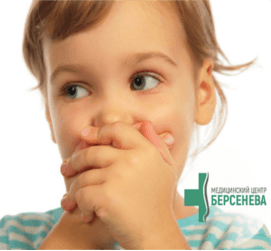


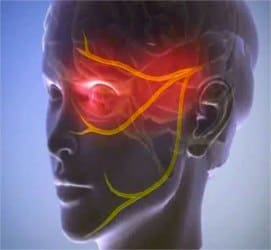
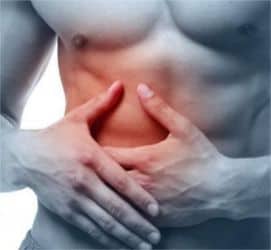
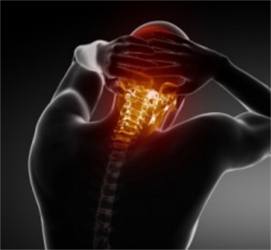

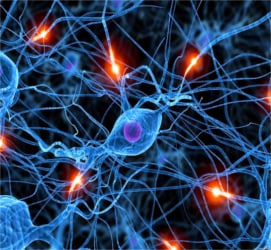

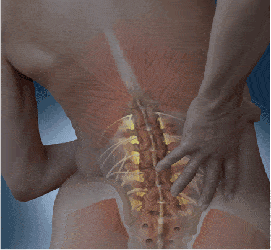
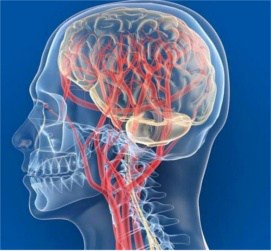
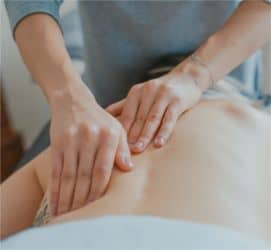
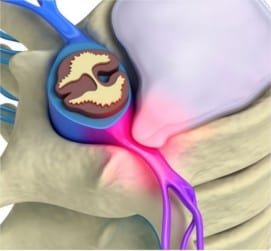
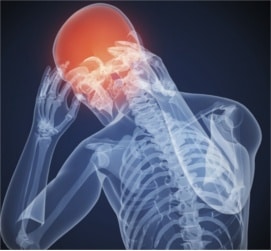
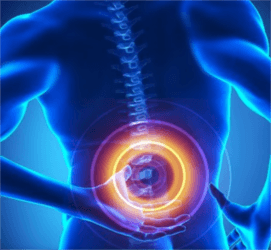

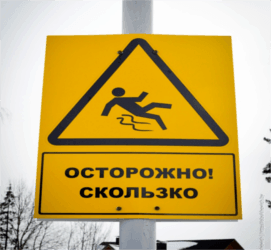
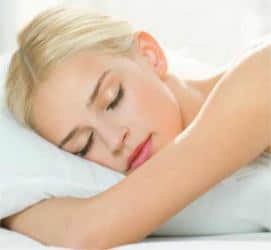
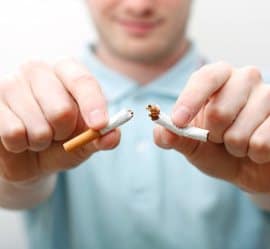

Онлайн консультація
Оплата онлайн

Дякуємо за заявку. Лист з реквізитами для оплати відправлені на зазначену вами пошту
Увага!
Онлайн консультація буде проводиться через Skype, Viber, Whatsapp або Telegram.
Завантажити та встановити Skype на свій комп'ютер ви зможете перейшовши за посиланням https://www.skype.com/ru/.
Якщо ви використовуєте телефон або планшет, скористайтеся додатком:
Оплата пройшла успішно!
Оплата не пройшла. Повторіть будь-ласка ще раз.

Вартість послуги онлайн консультації становить 700 грн.
Сплатіть її будь-яким зручним для вас способом.
Оплата послуги онлайн консультації здійснюється після підтвердження запису.

Дякуємо за заявку. Після обробки ваших даних наш адміністратор зв'яжеться з вами для підтвердження консультації.
Увага!
Онлайн консультація буде проводиться через Skype, Viber, Whatsapp або Telegram.
Завантажити та встановити Skype на свій комп'ютер ви зможете перейшовши за посиланням https://www.skype.com/ru/.
Якщо ви використовуєте телефон або планшет, скористайтеся додатком:


